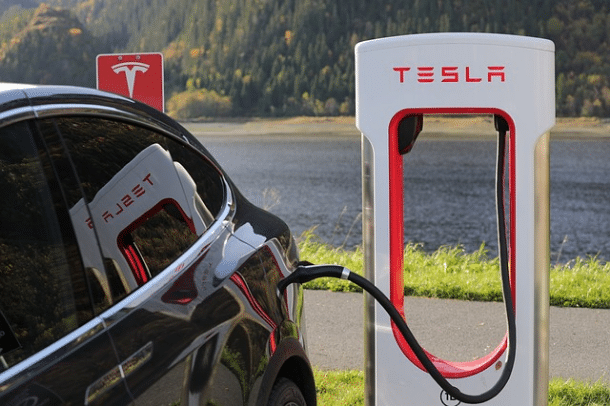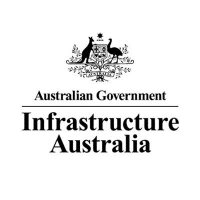Australians will be blindsided by soaring power bills if we do not prepare for the forthcoming electric vehicle, or EV revolution, according to a key government advisor.
As head of policy and research at Infrastructure Australia, Peter Colacino says we Australians are not ready for the transition from internal combustion to electric motor vehicles.
Colacino likens the upcoming EV shift to the transition from steam to diesel trains.
He says that the peak demand for car home charging will overload the grid and push up power prices if not managed correctly.
Major investment in infrastructure needed
EVs made up just 0.2 per cent of vehicle sales in Australia last year. However, more than 50 per cent of global car sales will be electric by 2040, according to Bloomberg research.

Australia’s transport system needs significant infrastructure investment, Colacino told the SMH. This will help it cope with the “inevitable” boost in EV traffic.
The introduction of cost-reflective pricing tariffs and smart meters is also essential. This will prevent grid overload at 6pm, when commuters return home and charge their EVs.
Only limited off-peak incentives currently exist for EV users.
Global solutions to challenges posed by EV revolution
Meanwhile, a solar charging station in the Netherlands is using Tesla Powerpack batteries to store charge.
The new station marks 10 years of Utrecht’s ‘Smart Solar Charging’ project. Around 6,000 solar panels have already been installed on 20 charging station roofs.
Tesla has also deployed solar battery storage within its own charging network. It wants its entire fleet fueled by solar energy.
Electric Vehicle Council promotes solar charging
Electric Vehicle Council (EVC) Chief Executive Behyad Jafari says furthermore that the Australian government has done little to address potential grid issues. In fact, he says state and local governments have done more than the Coalition.
According to the EVC, car owners can use home solar power systems to charge their cars cheaply and conveniently overnight. This is done using home solar storage devices, like Tesla Powerwall and sonnen batteries.
A charging station map from the Tesla Owners Club of Australia now helps EV users drive around Australia. It ensures a maximum of 400 km between charging points.
A report from the Senate Select Committee on Electric Vehicles on the use and manufacture of electric vehicles in Australia is due December 4, 2018.













































